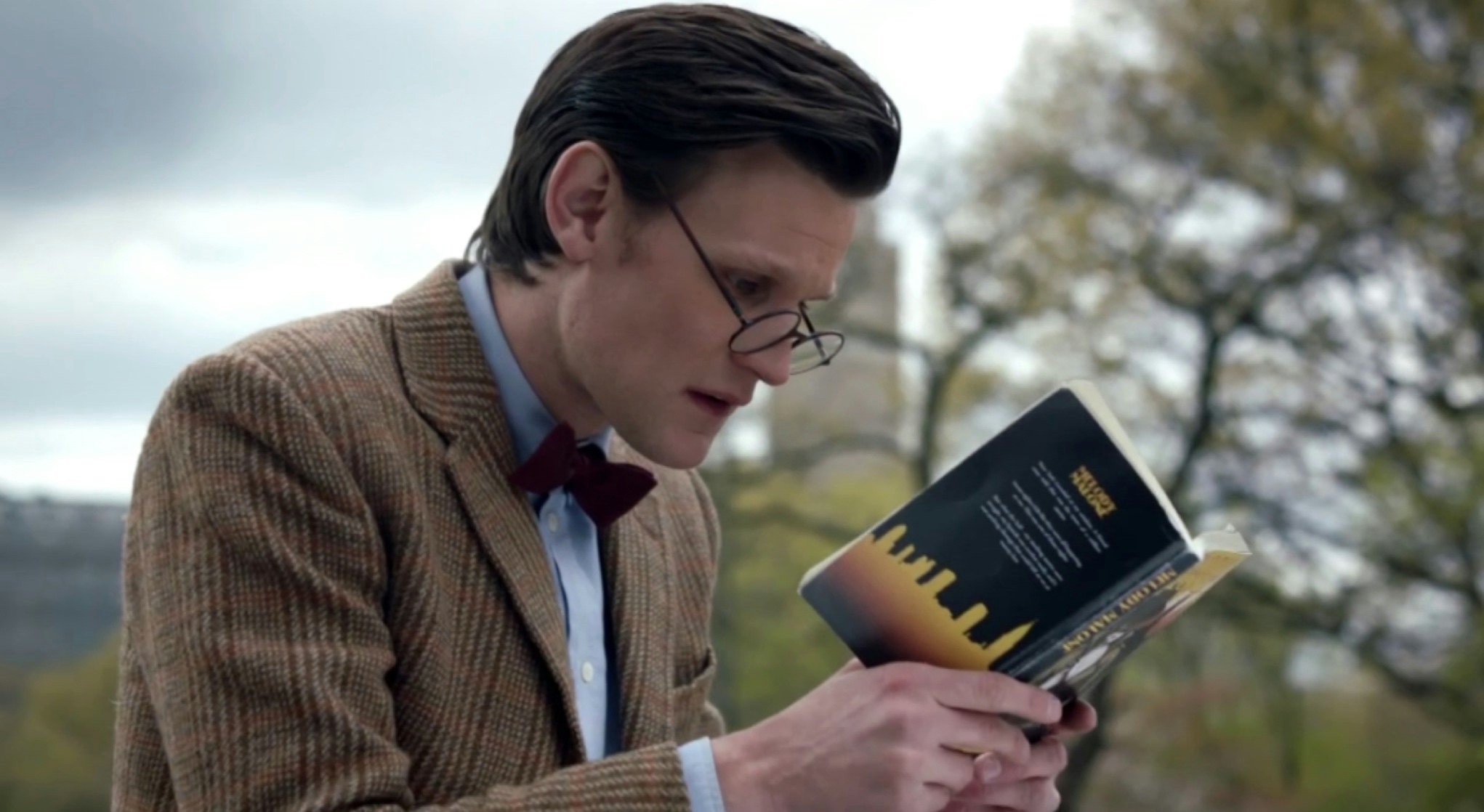
When Doctor Who debuted in 1963, the notion of what constituted an “episode” of a BBC TV show didn’t resemble how we think about sci-fi television now. Starting with “An Unearthly Child” on Nov. 23, 1963, and all the way through “Survival” in 1989, Doctor Who was punctuated by two things: really low budget monsters and a ton of cliffhangers. In fact, because each installment in classic Who stories is always a 30-minute part of an overall serial, there’s a stop-and-go quality to these classic adventures that can seem a bit jarring for the modern viewer. That fact, combined with some of the less-than-stellar effects can, sometimes, occasionally, undercut the brilliance of the long-running show. Plus, with so many early William Hartnell and Patrick Troughton episodes incomplete or missing, getting the overall picture of the early Doctor is tricky for the contemporary fan.
However, since 1973, there has been a solution to all of these challenges: the long-running line of Doctor Who novels. In almost every conceivable way, the classic Doctor Who books provide a brilliant and in-depth way to journey into the earliest days of the Whoinverse, which many longtime fans and writers have long recognized as sometimes being superior to what we got on screen.
“When you watch [classic Doctor Who episodes], they won’t be as scary as they were when you were a kid,” legendary director and avid Doctor Who fan Edgar Wright tells Inverse. “They won’t be as scary as the Target novelizations.”
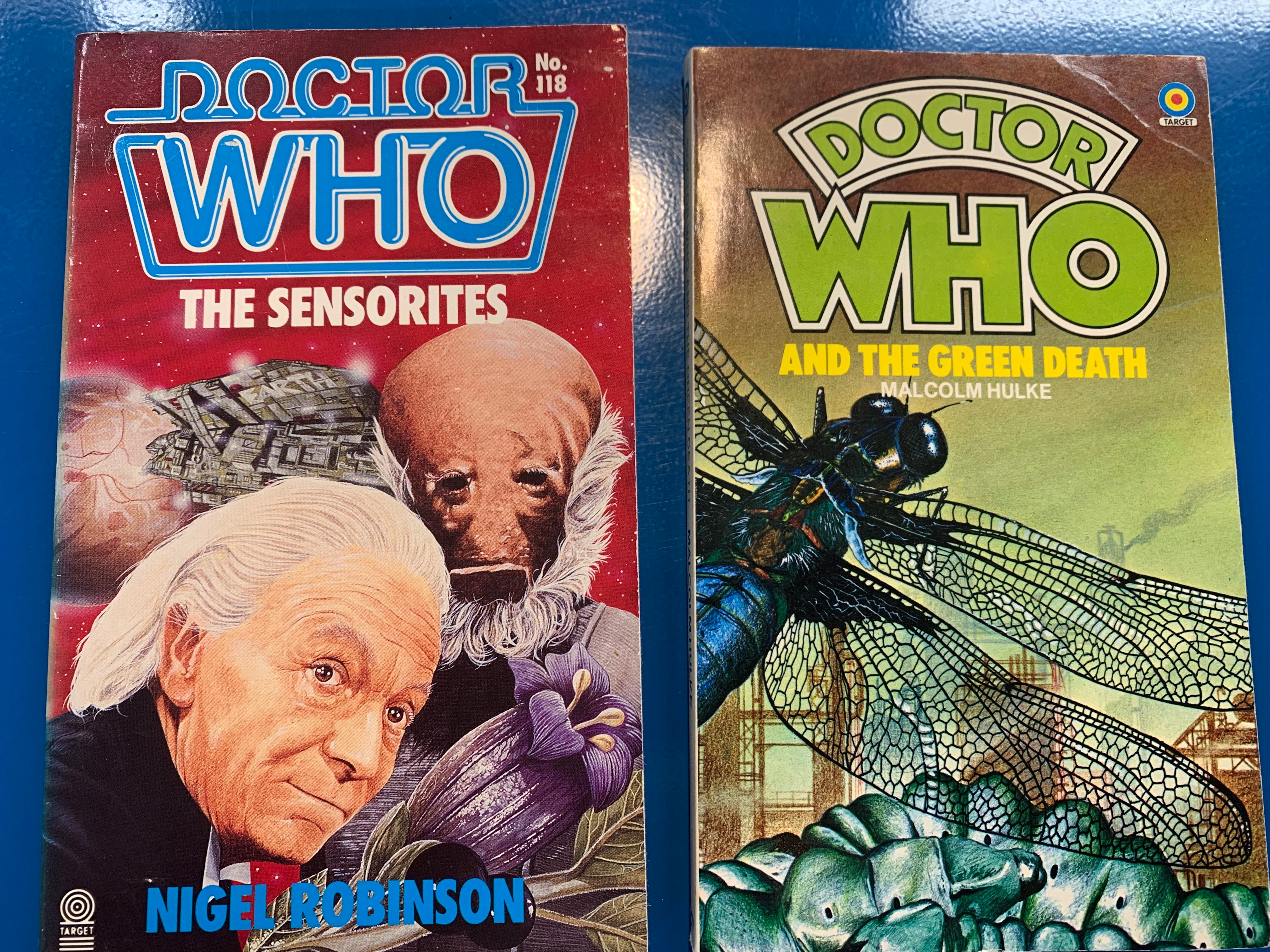
Case in point: the novelization of “The Green Death,” a 1973 serial that followed the Third Doctor (Jon Pertwee) as he investigated a mine where waste from an oil plant has killed miners and made maggots grow to giant size. Although the TV script for “The Green Death” had been written by Robert Solman in 1973, the novel version was written by Malcolm Hulke, a writer who was an open socialist in the United Kingdom at the time. Hulke’s novelization more clearly reflected the political activism that Doctor Who engaged with in the ’70s, capturing the “occasionally radical spirit of the Third Doctor era,” writer Iain McIntyre points out in the book Dangerous Visions and New Worlds: Radical Science Fiction.
But as prose, The Green Death, as Edgar Wright says, is simply way more hardcore. “Sometimes I used to read all those novelizations and be like, ‘Oh, my God, The Green Death. Wow, that’s so scary,’ Wright says. “And then you actually watch it, and you’re like, ‘Oh, OK.’”
But were the Doctor Who novelizations intentionally written in such a way as to upstage the TV show in both seriousness and suspense? The short answer is yes.
“To speak perfectly honest, some of the early ones — and I adore William Hartnell — some of those early Doctors were lacking in plots or characterizations,” writer and editor Nigel Robinson tells Inverse. “So it was up to you to enhance that.”
How Doctor Who Books Enhanced Old & Missing Serials
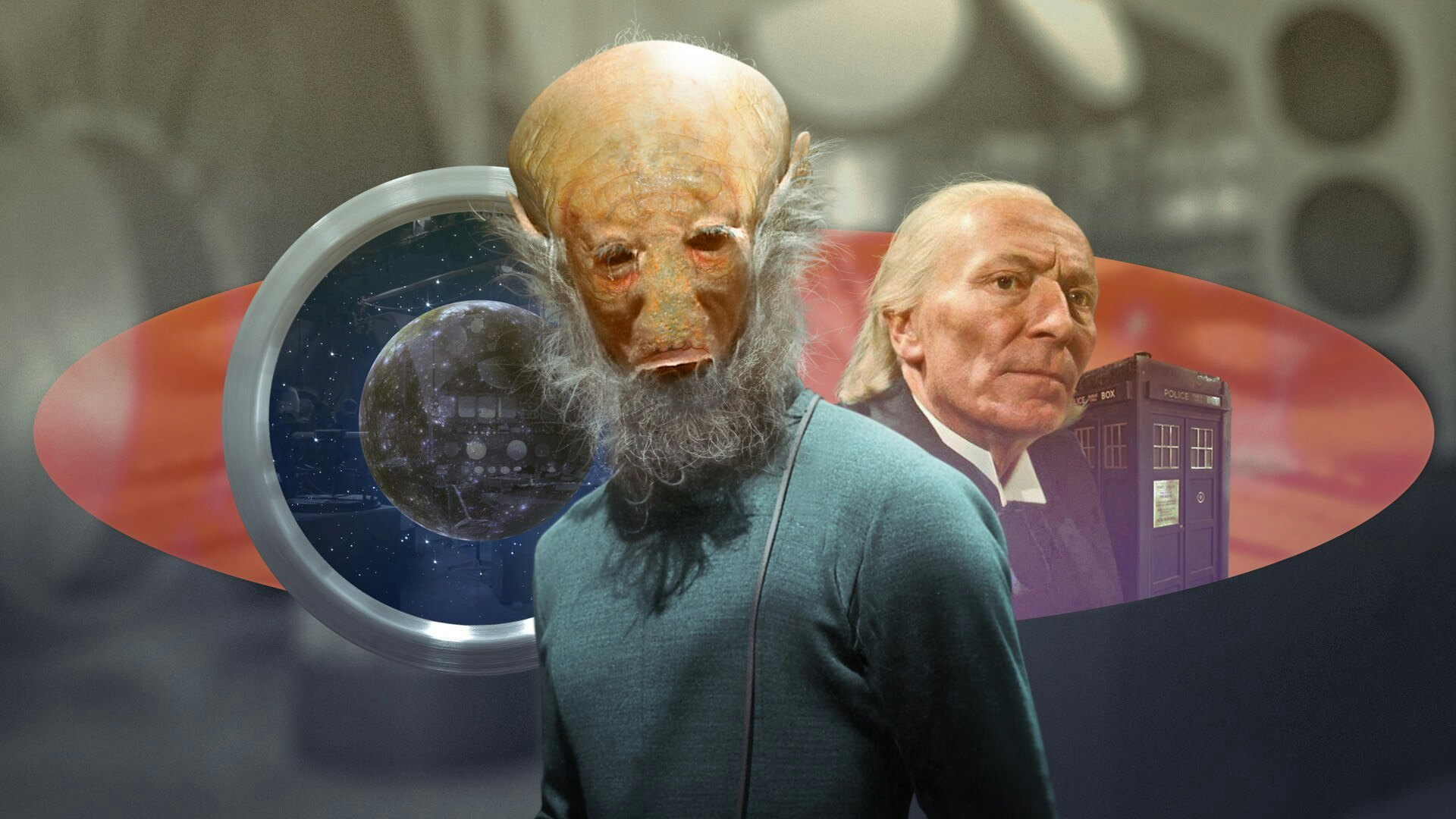
Novelizations of individual Doctor Who serials began publishing in 1973, under children’s book imprint Target. A huge majority of early Target novelizations were written by existing Doctor Who screenwriters — most notably Terrance Dicks — but in 1987, Robinson got the job adapting previously unnovelized episodes, starting with the 1964 William Hartnell serial “The Sensorites.” If you’ve never seen this particular episode, you may not be impressed. But as a novel written by Robinson, it’s a gripping and grisly space mystery that feels equal parts Solaris and Alien. If you never see the Hartnell TV version, you’ll probably be fine.
But if you missed this book, you’d be missing an insightful and brilliant First Doctor adventure full of layers that the show simply couldn’t accommodate way back at the beginning. Because what many of these books have, including The Sensorites and The Underwater Menace, is a roving point of view with different characters. The First Doctor was always so detached and grumpy in the series, but in the novel, we get small glimpses of his inner doubt and emotional concern. At the beginning of The Sensorites, Robinson writes “...the Doctor felt the icy hand of uncertain fear touch him. Perhaps it might be better to let the dead rest in peace...”
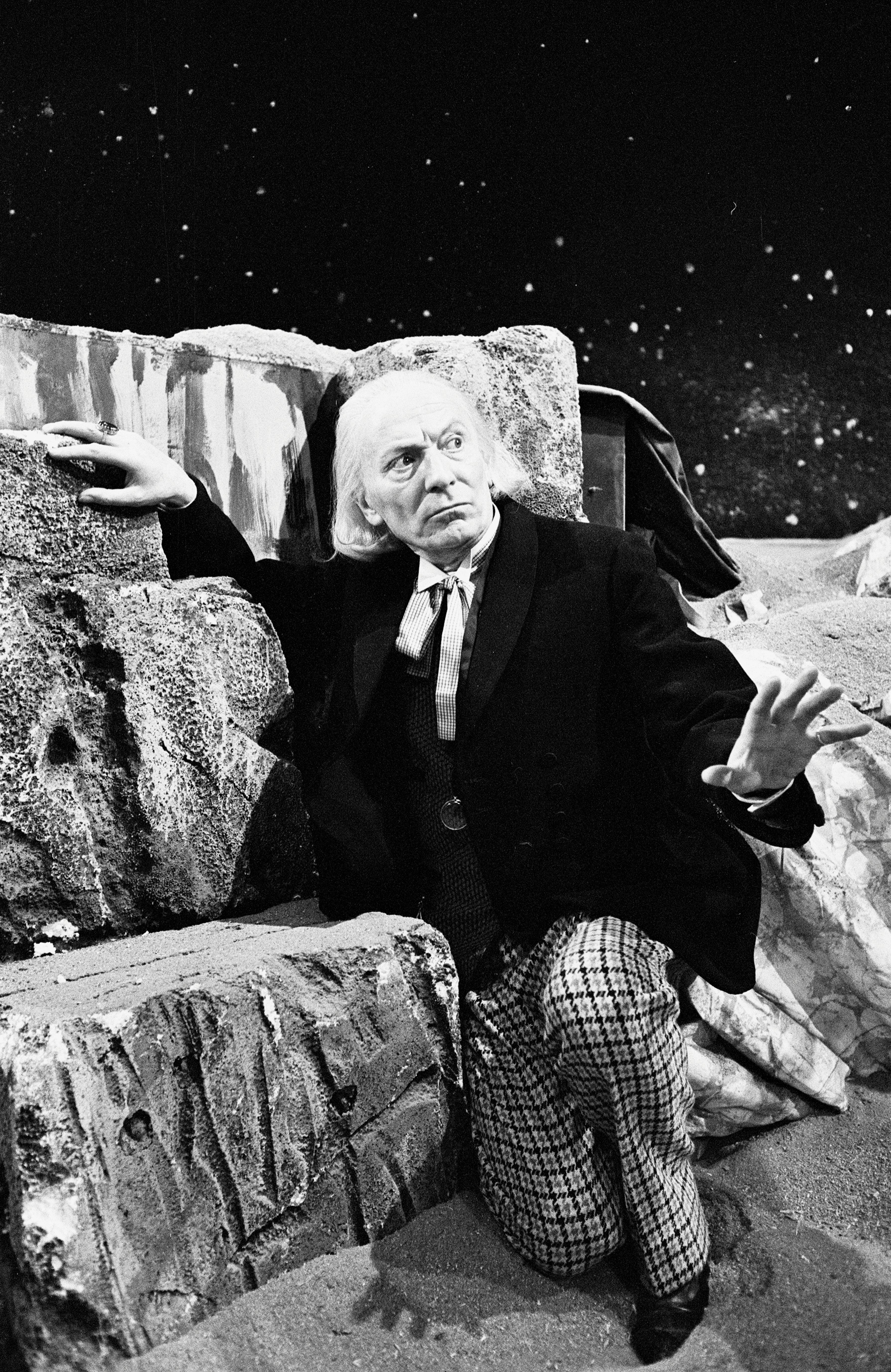
When asked if he thinks newer fans could start with some of the novelizations rather than the original 1960s serials, Robinson totally endorses the idea. “Doctor Who was designed to be watched 25 minutes once a week,” Robinson says. “So, now, if you watch it in a big chunk, it can lose its magic.”
Basically, if you want to marathon early Who, hitting the books might feel closer to the experience of watching contemporary TV. Is this because modern TV is closer to old adventure novels? Maybe. Or maybe the Doctor Who book phenomenon is a microcosm of how sci-fi fandom leanings have permeated the mainstream.
Taming The Wilderness Era
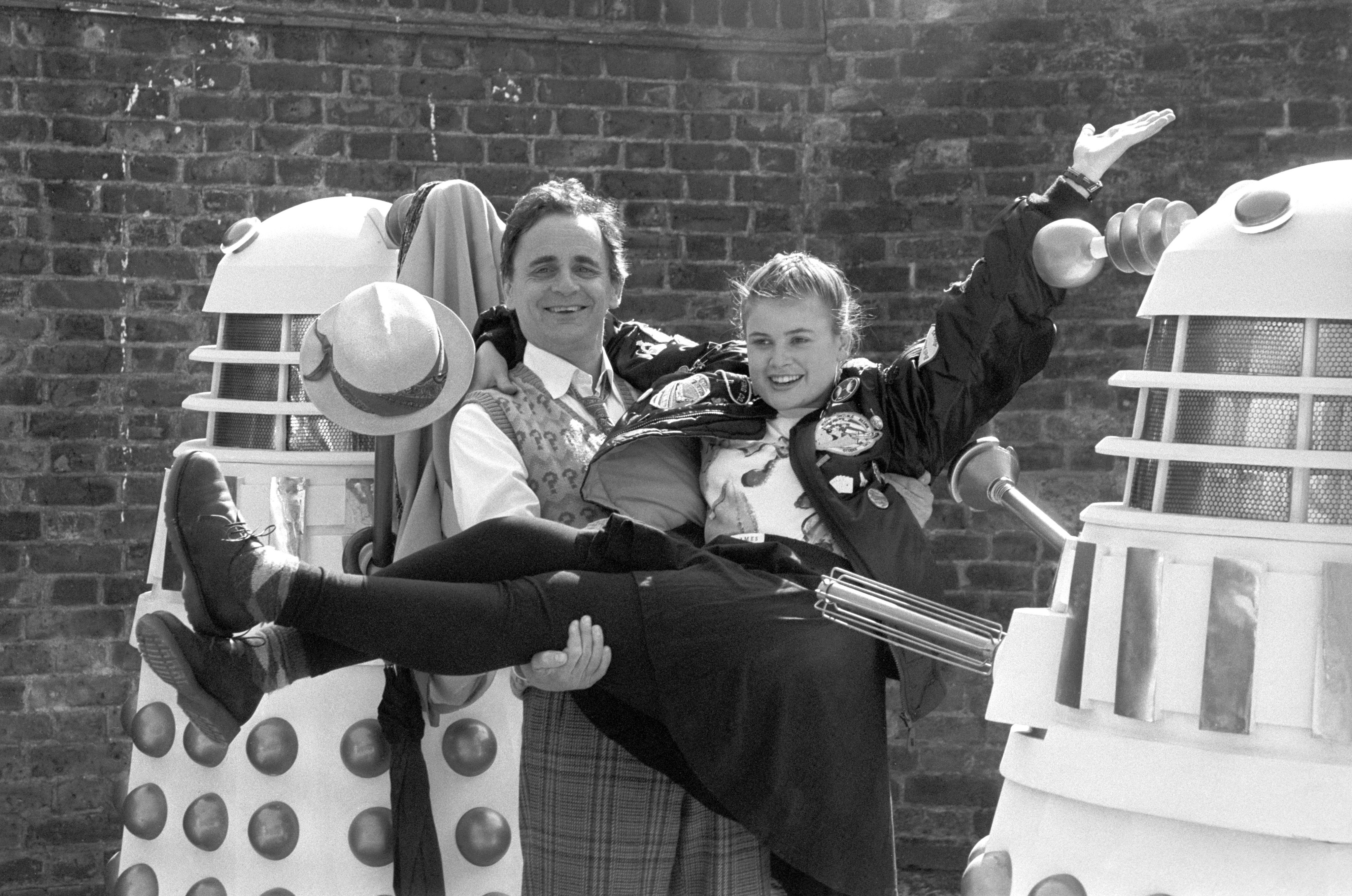
By the 1990s, Virgin was publishing new Who novels dubbed “The New Adventures.” Today, BBC Books has reprinted the Target line of books. So, Who novels have been in constant publication, even during periods of time when no new Who was on the screen. Through the novelizations, Doctor Who kept itself alive, stoking the fires of fandom that would eventually resurrect the show in the 21st century. It’s a trick that other sci-fi franchises would borrow, including, most prominently, Star Wars. Lucasfilm’s Expanded Universe books would eventually end up fueling the new movies. But Doctor Who arguably began the practice, and in its modern era, would take similar inspiration from its novels as new Star Wars movies did with the EU.
Fans of David Tennant’s 2007 episode “Human Nature” are probably aware that the story began as a New Adventures novel of the same name, written by Paul Cornell and featuring the Seventh Doctor. If the Target novelizations allowed the older — and sometimes lost — TV stories of the Doctor to feel more modern, the New Adventures allowed readers to get closer to the Doctor. Especially after 1989, in an era (dubbed the “Wilderness Era”) in which the regular run of the series had ended.
“The original instruction from Virgin Books was that the Doctor was an alien, with alien thought processes, and so we should avoid having anything from the Doctor’s point of view in the books,” author Andy Lane tells Inverse. “I think this was pretty much stuck to for a while, but then more and more writers decided that this was too constraining and slipped into the Doctor’s point of view whenever it was convenient.”
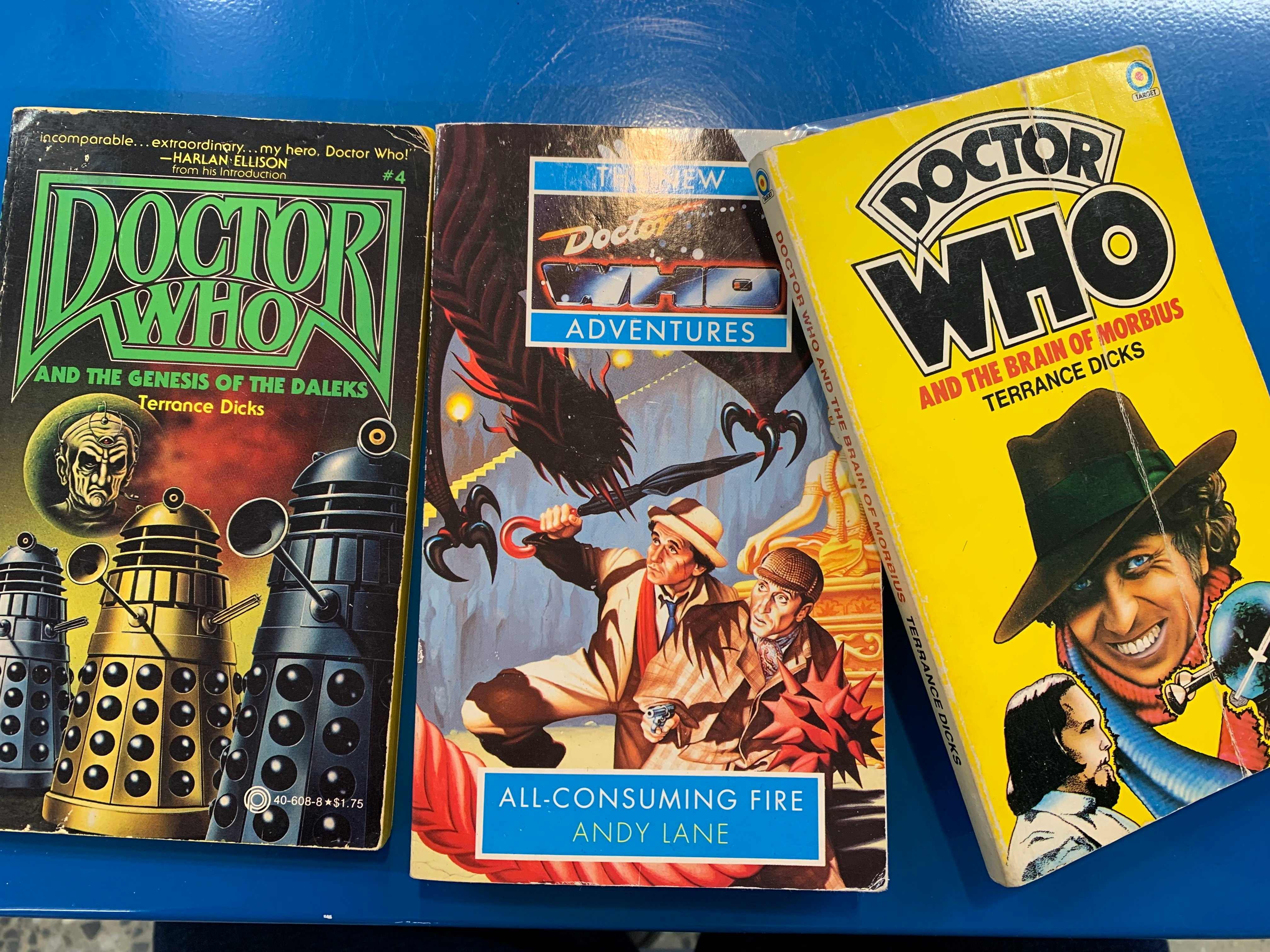
Lane is the author of several Who novels dubbed “The New Adventures,” featuring the Seventh Doctor in brand-new stories that were 100 percent created for the books. Lane’s 1994 book All-Consuming Fire teams the Seventh Doctor, Ace, and Bernice with Sherlock Holmes and Dr. Watson. But, the book also begins with the Seventh Doctor visiting the First Doctor and Susan, observing them from afar. Here, the Doctor is cagey about the existence of his former self, saying that it’s only another version of himself “in a rather imprecise sense.” This brief encounter between Doctors, in which a future Doctor is basically spying on a past Doctor, is just one example of the subtle, literary layers of the Doctor Who books. Having a Sherlock Holmes crossover with the Doctor almost feels like a bonus after the Seventh Doctor spies on the First in 1843 India.
“Do the books deepen the character? I think they do,” Lane says. “Readers can not only follow the Doctor’s actions but his motives, his rationale, his memories, and even his fears. And that’s good.”
The Future of Doctor Who Books
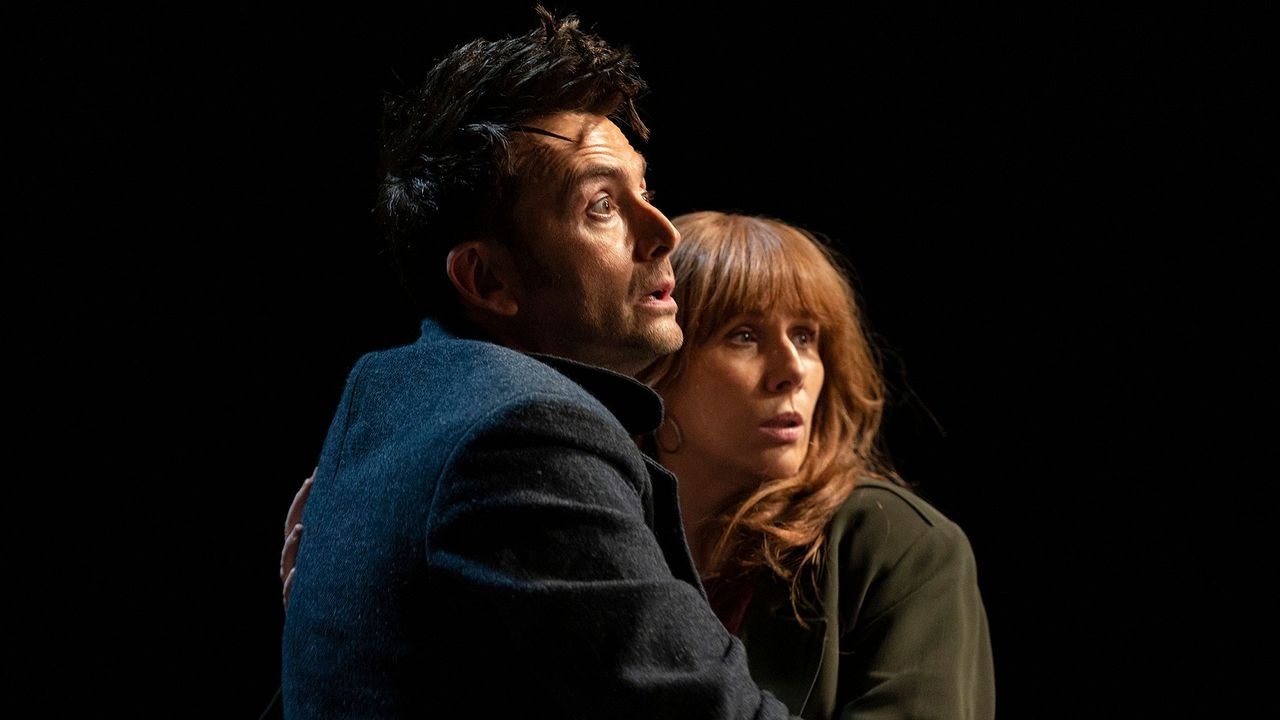
In 2023, Doctor Who will once again be dropping Target novels that will adapt the new 60th anniversary specials. In fact, the Gary Russell penned book version of The Star Beast will be available as an e-book on the same day the episode drops on the BBC and Disney+. Clearly, thinking of Doctor Who as a page-turner as well as a TV show is a phenomenon that will continue. The Doctor has two hearts, so it makes sense that they can thrive in more than one medium.
“The Doctor is our best mate who we turn to in a crisis,” Nigel Robinson says. “You’d quite happily turn him upside down and throw the Doctor down a mountain. But that’s your best mate.”



!["[T]he First and Fifth Amendments Require ICE to Provide Information About the Whereabouts of a Detained Person"](https://images.inkl.com/s3/publisher/cover/212/reason-cover.png?w=600)



